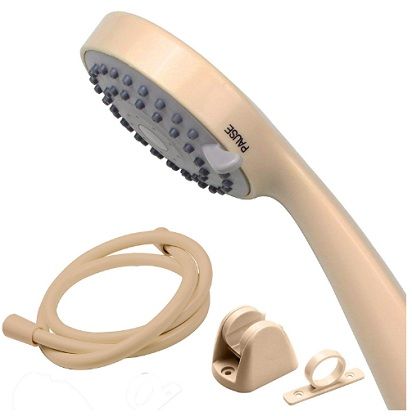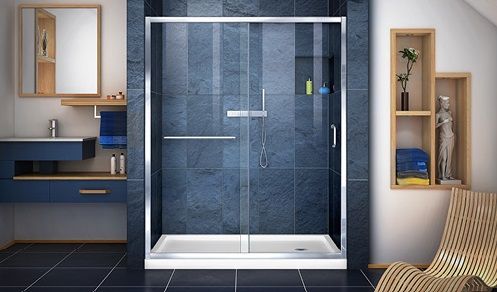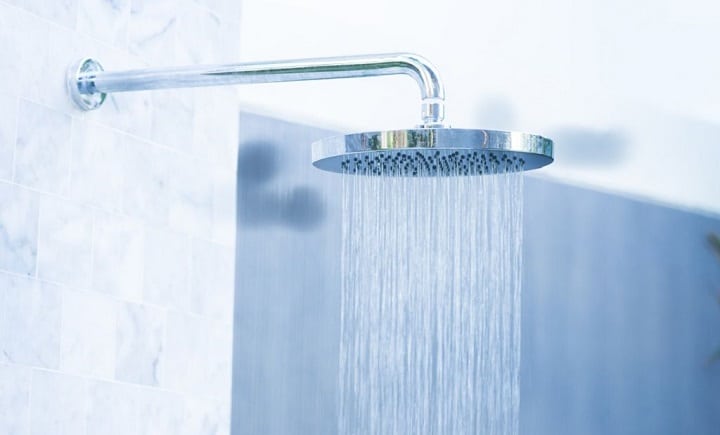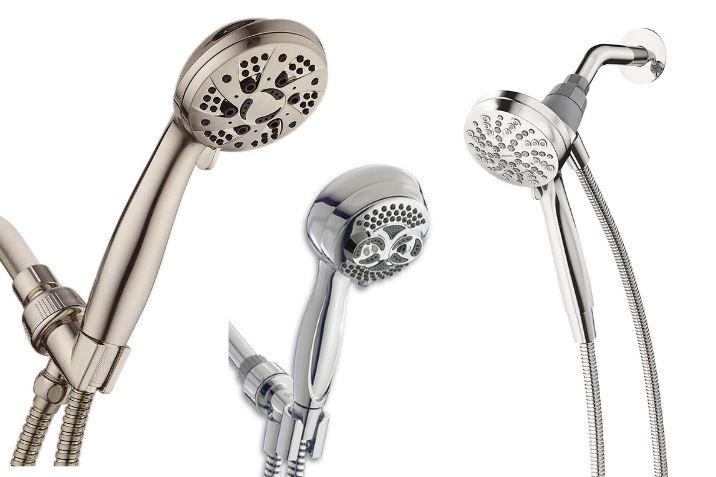How to prevent water damage on the wall next to the shower
Water damage to your walls can be a serious problem, particularly if it’s next to your shower. Water can cause mold and mildew to grow, and it can also damage your paint or wallpaper. Fortunately, there are a few things you can do to prevent water damage to your walls.
In this article, we’ll share some tips on how to prevent water damage to the walls next to your shower. We’ll discuss things like using waterproof materials and proper ventilation. We’ll also share some information on what to do if you already have water damage to your walls.
How to prevent water damage to the walls next to your shower
If you have a shower in your bathroom, chances are you’ve experienced some water damage on the wall next to it at some point. Water damage can be unsightly and difficult to repair, so it’s important to take measures to prevent it from happening in the first place.
One of the best ways to prevent water damage on your bathroom wall is to invest in a good-quality shower curtain. A shower curtain will act as a barrier to keep water from splashing onto your walls. You can also get a shower curtain liner, which is even more effective at keeping the water contained.
In addition to using a shower curtain, you can also take steps to waterproof your walls. This can be done by painting them with a waterproof sealant or by installing waterproof panels. Waterproofing your walls will help to protect them from water damage and will make them easier to clean if they do get wet.
If you do experience water damage on your bathroom wall, it’s important to act quickly to repair it. Start by cleaning the area with a mild soap and water solution. If the damage is extensive, you may need to call in a professional to help with the repairs.
Waterproof materials and proper ventilation
Waterproof materials are essential for many outdoor applications, from keeping your feet dry while hiking to keeping your gear dry while camping. But it’s important to remember that waterproof materials are not breathable, so they need to be used in combination with proper ventilation to prevent moisture buildup and condensation.
When choosing waterproof materials, make sure to consider the climate and conditions you’ll be using them in. For example, Gore-Tex is a popular waterproof material that’s often used in outdoor clothing, but it’s not well suited for hot, humid climates because it doesn’t allow sweat to evaporate. In contrast, eVent is a waterproof material that’s more breathable, making it a better choice for hot, humid climates.
No matter what waterproof material you choose, make sure to ventilate your gear properly to prevent moisture buildup and condensation. For example, if you’re wearing a waterproof jacket, open the zipper or vents when you start to sweat to allow the moisture to escape. And if you’re storing gear in a waterproof bag, open it up periodically to allow any moisture that’s accumulated to escape.
By following these tips, you can make sure that your waterproof gear stays dry and comfortable, no matter what the conditions are.
what to do if you already have water damage to your walls
If you already have water damage to your walls, the best thing to do is to call a professional immediately. Water damage can lead to mold and mildew growth, which can be extremely dangerous to your health. A professional will be able to assess the damage and determine the best course of action to take. They may need to replace some of the drywall or insulation in your home, but it is better to be safe than sorry.
FAQs
What are some common causes of water damage on walls next to showers?
A: Common causes of water damage on walls next to showers include:
-leaks in shower fixtures
-leaks in shower pans
-leaks in shower tiles
-poorly sealed shower doors
-poorly ventilated showers
How can I prevent water damage on the wall next to my shower?
A: You can prevent water damage on the wall next to your shower by:
- checking for leaks in your shower fixtures, shower pan, and shower tiles
- sealing your shower doors and ensuring that your shower is properly ventilated
What are some signs that water damage is occurring on the wall next to my shower?
A: Some signs that water damage is occurring on the wall next to your shower include:
- discoloration of the wall
- peeling paint or wallpaper
- warping of the wall
- mold or mildew growth
How can I repair the water damage on the wall next to my shower?
A: You can repair water damage on the wall next to your shower by:
-removing the damaged wall material
-repairing the leak
-sealing and waterproofing the wall
-rebuilding the wall
How can I prevent further water damage on the wall next to my shower?
A: You can prevent further water damage on the wall next to your shower by:
- maintaining your shower fixtures
- maintaining your shower pan
- maintaining your shower tiles
- sealing your shower doors
- ventilating your shower
Conclusion
If you find yourself with water damage on the wall next to your shower, don’t despair. There are a few things you can do to prevent further damage and help dry out your wall.
First, remove any mold or mildew that has developed. This will help prevent the growth of mold and mildew and will also make your wall look better.
Next, use a hair dryer to dry out the wall. Be sure to keep the hair dryer moving so that you don’t overheat the wall and cause more damage.
Finally, apply a sealant to the wall. This will help protect the wall from future water damage and will also make it easier to clean.




